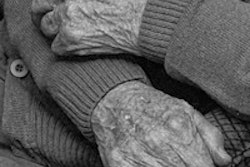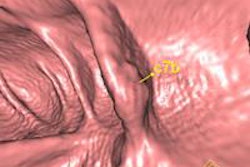Dear AuntMinnieEurope Member,
Frail, elderly patients are becoming increasingly common visitors to radiology departments, and they now represent a major challenge across Europe. When is it ethical and appropriate to investigate them? What exactly is imaging's role in their management?
Dr. Paul McCoubrie addresses these and other questions in his latest column, and you shouldn't miss his words of wisdom. To read more, click here.
Breast MRI and interventional radiology were high on the agenda at the 95th congress of the German Radiology Society (DRK), organized jointly this year with the Austrian Radiology Society. Find out more in our Women's Imaging Digital Community, or click here. Also, we've posted news reports direct from the congress about the use of MRI in diagnosing nondescript chest pain and detecting endometriomas.
Shakespeare described King Richard III of England as "a poisonous bunch-back'd toad," but following 3D reconstructions of the monarch's skeleton, this appears to have been an exaggeration. Go to our Advanced Visualization Digital Community, or click here.
Meanwhile, researchers from Lyon in France have found that computer-aided diagnosis (CAD) software can help both experienced and less experienced observers improve their performance in characterizing benign prostate lesions found on multiparametric MRI in the peripheral zone. This can help avoid unnecessary prostate biopsies. Get the story here.
In another important study looking at moderately experienced readers, an Austrian-U.S. team discovered that CAD significantly boosts polyp detection sensitivity at CT colonography. Click here to view that article.
Finally, medical imaging is a rapidly developing field in Iran, and we have a report from the recent national congress of radiology. You can find it in the Middle East section of AuntMinnie.com, or by clicking here.




















